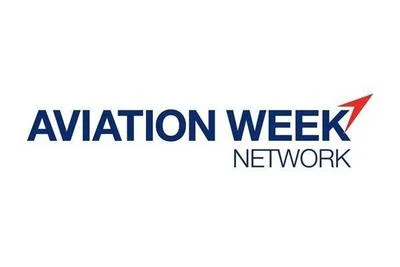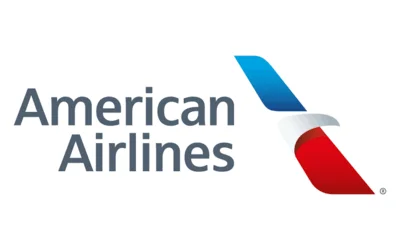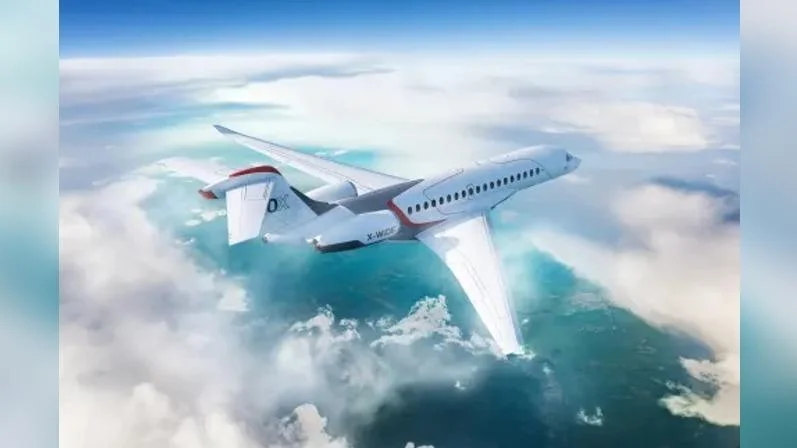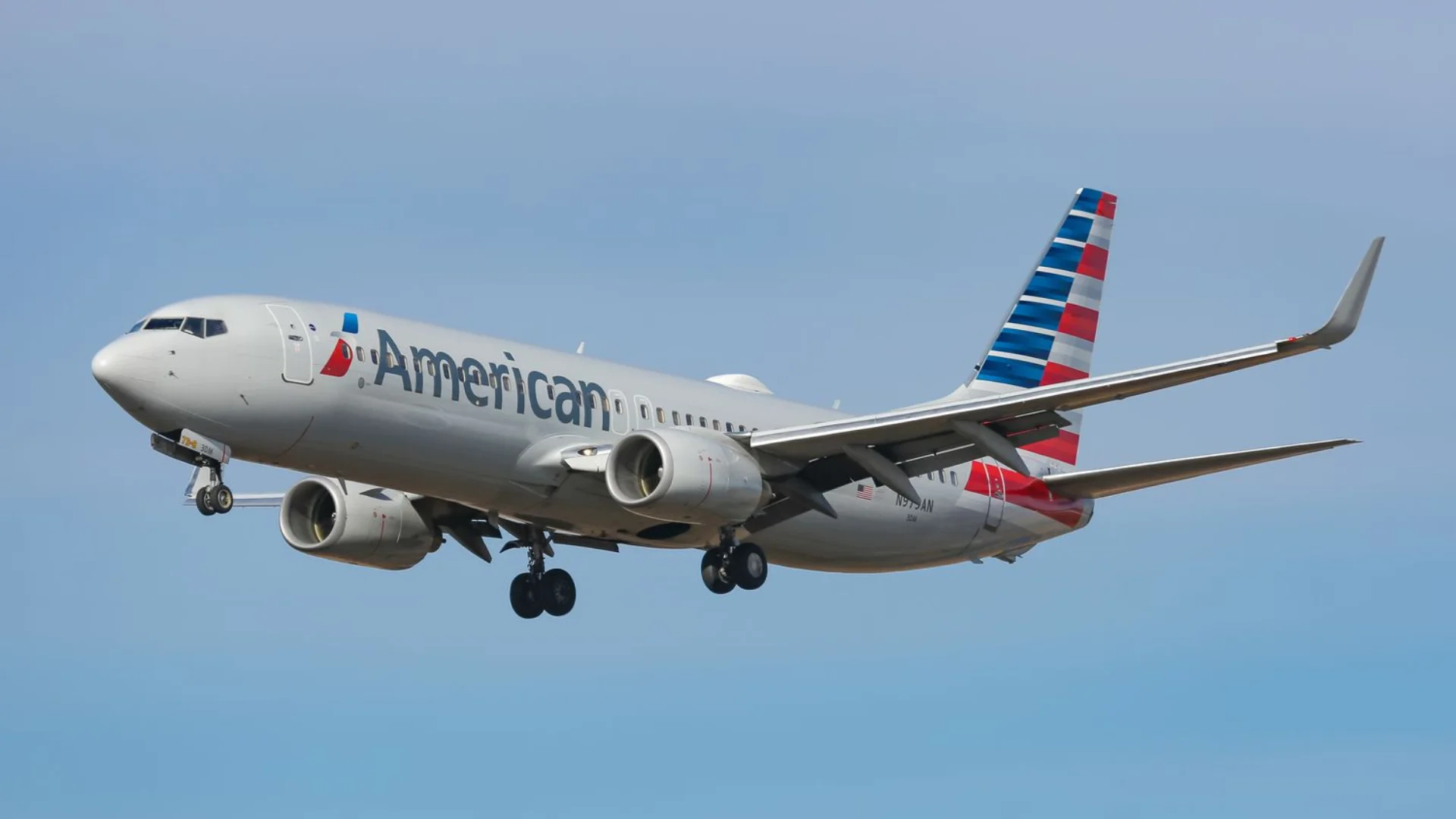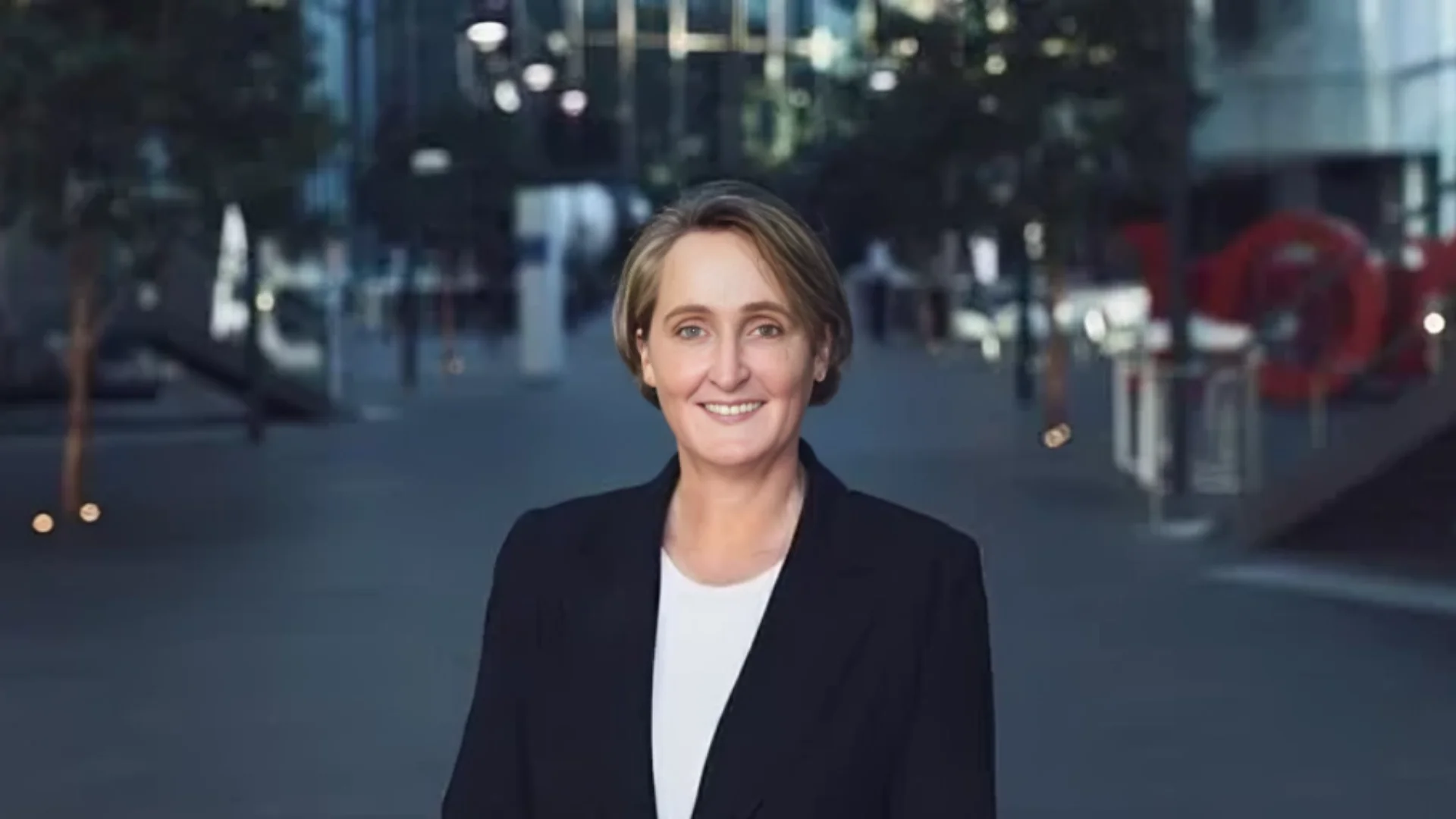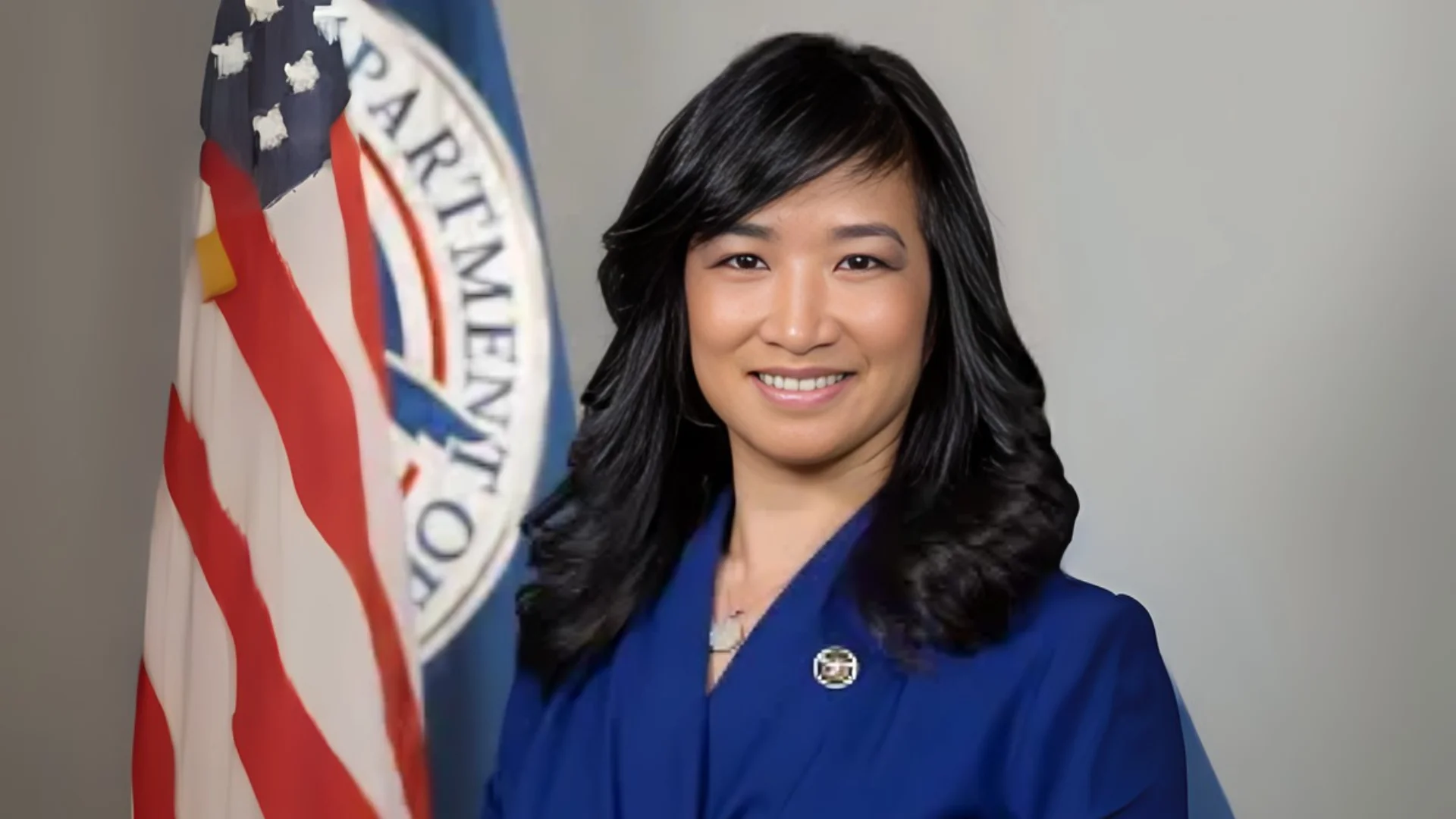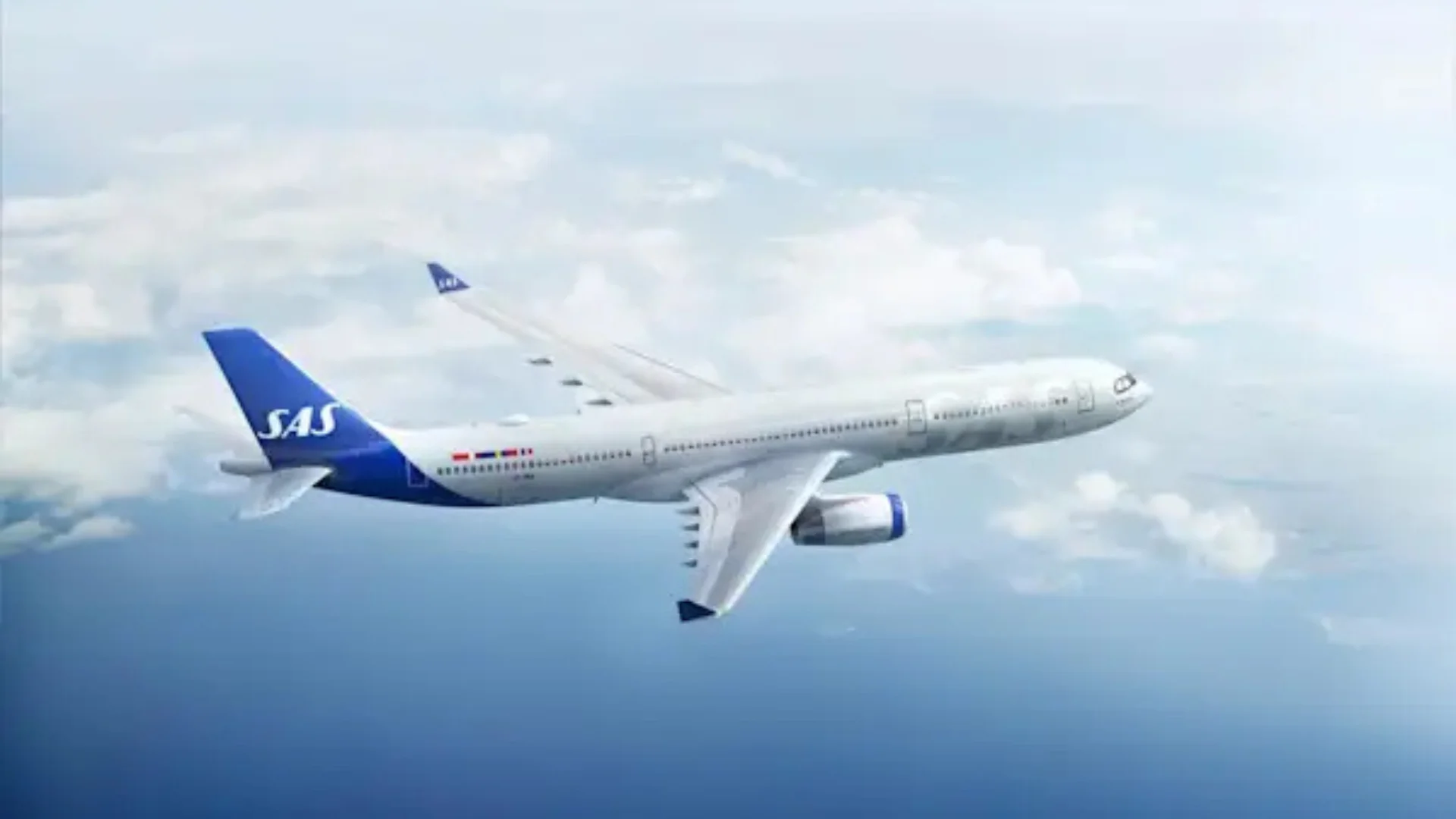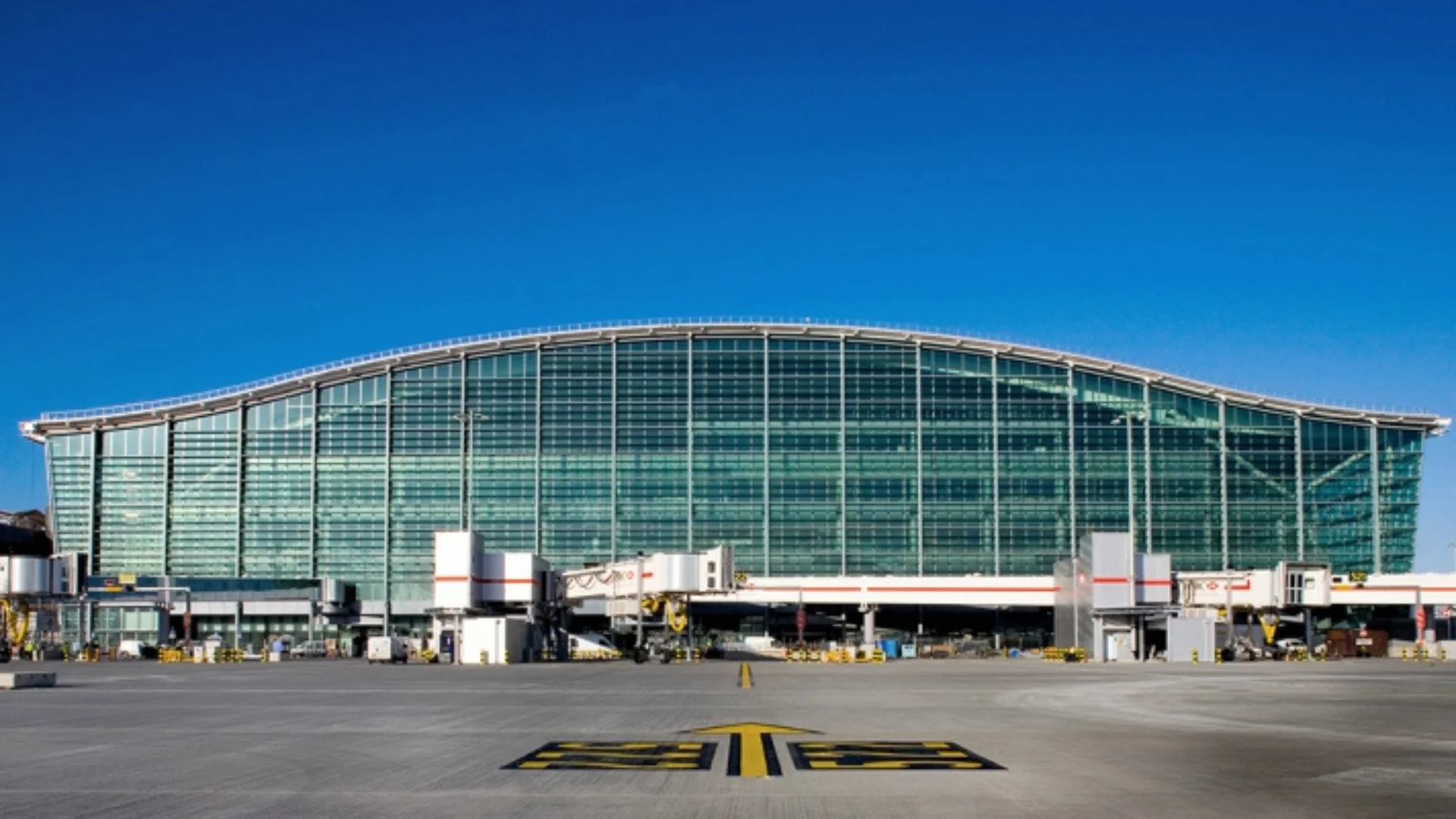The mission of the current VC-25 aircraft is straightforward: "to provide air transport for the President of the United States." The differences between these aircraft and standard Boeing 747s include specialized electronic and communications equipment, self-contained baggage loaders, and capabilities for in-flight refueling.
While discussions about the Qatari jet focus on its luxurious interior, it lacks many of the modifications required by an Air Force jet designed to serve as a secure airborne office for emergencies. According to The War Zone, transforming this luxury jet into a military-grade transport would be costly and time-consuming.
NPR News reported that extensive upgrades would be needed for its electrical and communication systems among other requirements. Despite being donated free of charge, meeting Air Force standards could prove expensive given its intended short-term use until replacement jets arrive.
There is uncertainty over whether modifications can be completed within Trump's term or before new VC-25B jets enter service. TWZ raised concerns about whether this jet "will meet even stripped-down operational and security requirements."
Upcoming VC-25B replacement capacities remain largely classified but aim to ensure advanced coordination capabilities during emergencies. With Boeing's fixed price contract at $3.9 billion already exceeded by $2 billion losses incurred during production delays—each plane now costs approximately $3 billion—making them potentially some of history's most expensive planes ever built according to May reports from Air & Space Forces Magazine.
As decisions loom regarding compromises necessary when converting business jets like Qatar’s into viable interim solutions until permanent replacements arrive—the Pentagon faces critical choices ahead concerning both cost-effectiveness versus security assurances required throughout such transitions involving key governmental assets worldwide today.
 Alerts Sign-up
Alerts Sign-up








